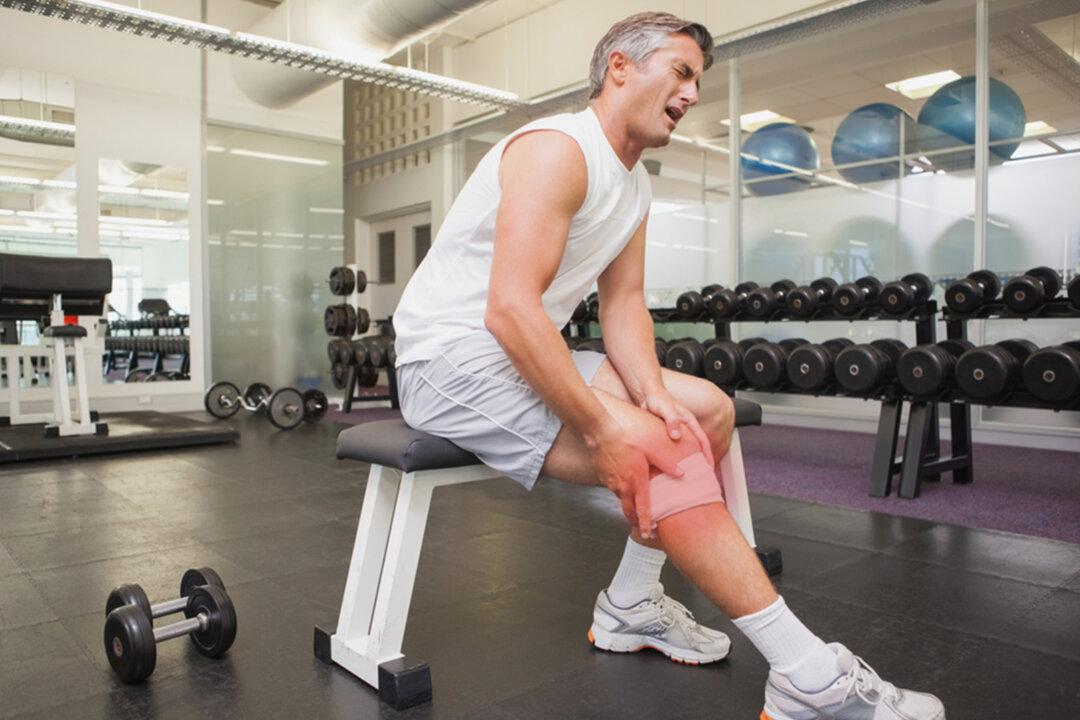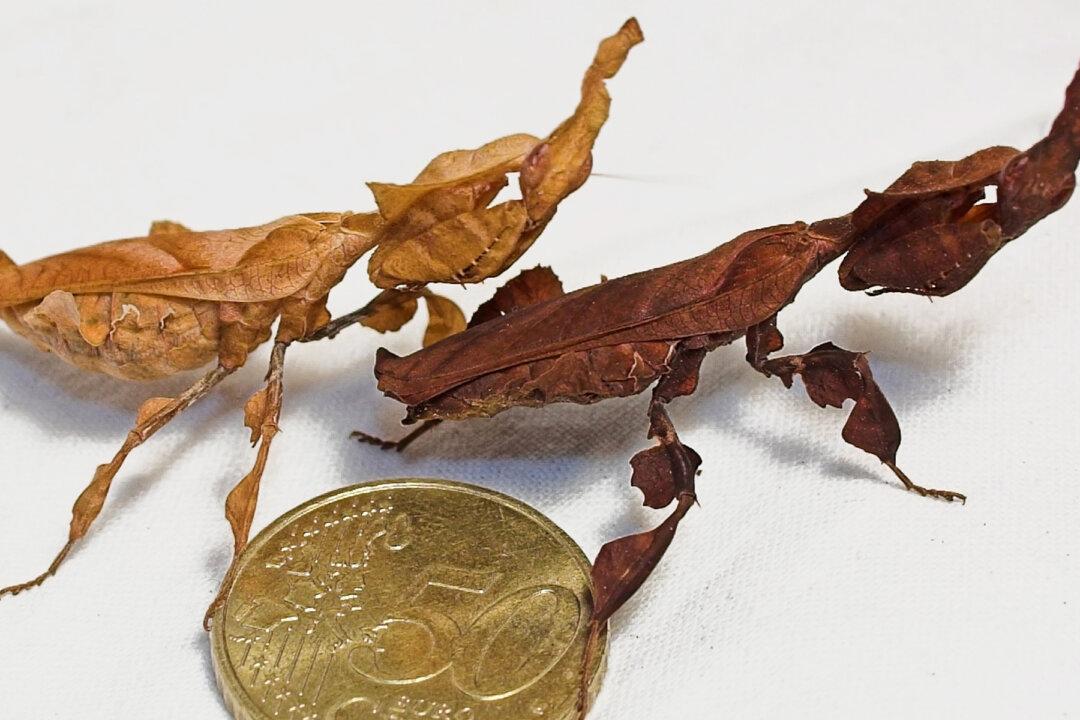An Italian engineering company has hacked ordinary $20 snorkeling masks to create highly sought after ventilator masks with some simple 3-D-printed parts, giving a huge boost to hospitals in short supply of ventilation equipment to treat CCP virus patients.
The company Isinnova, located in the northern province of Lombardy, devastated by the virus, came up with the ingenious solution after having first figured out how to 3-D print a valve, “which connects the patient to the breathing machine, mixing pure oxygen with air that enters through a rectangular window,” they said, per New York Times. Their modification for the valve, which has to be replaced for each patient, was so successful that they ended up making over 100.




